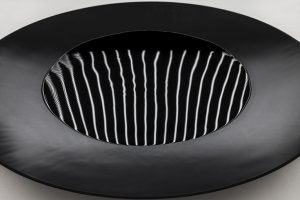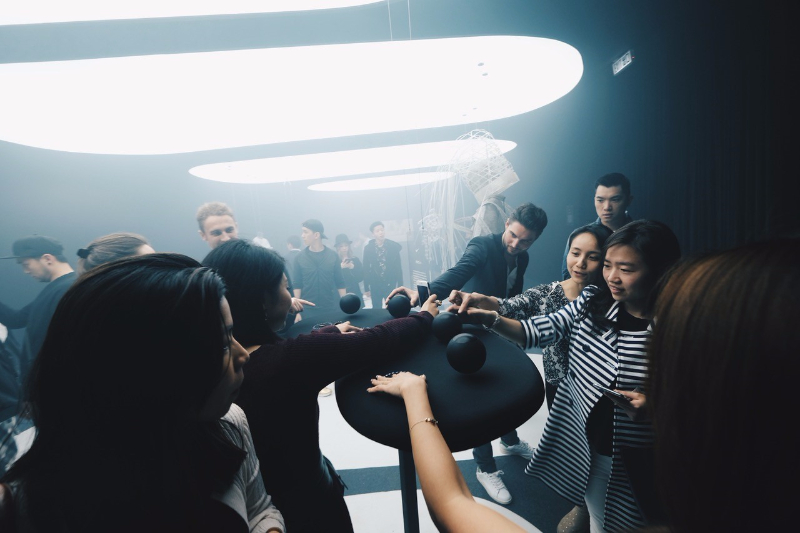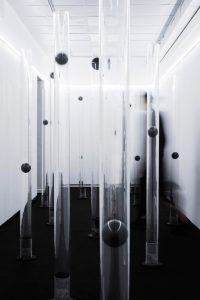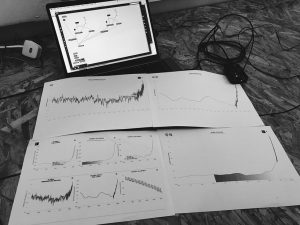atreu – project04
var x1, y1, x2, y2;
function setup() {
createCanvas(400, 300);
background(0);
for(var i = 0; i < 100; i++){
x1 = lerp(width,0, i/100);
y1 = lerp(0,height, i/100);
x2 = lerp(0,width, i/50);
y2 = lerp(height,0, i/50);
stroke(255, 0, 50);
line(x1, height/i, 0, y1);
line(width-x1, height/i, width,y1);
x1 = lerp(width/2,0, i/100);
y1 = lerp(height/2,0, i/100);
x2 = lerp(width/2,0, i/50);
y2 = lerp(height,0, i/50);
stroke(50, 0, 255);
line(x1, y1, x2, y2);
line(x2, y1, x1, y2);
line(width-x1, y1, width-x2, y2);
line(width-x2, y1, width-x1, y2)
x1 = lerp(width/i,width, i/100);
y1 = lerp(height/i,height, i/100);
x2 = lerp(0,width, i/75);
y2 = lerp(0,height, i/75);
stroke(175, 150, 0);
line(x2, y2, x1, height);
line(width-x2, y2, width-x1, height);
x1 = lerp(0,width/2, i/100);
y1 = lerp(0,height/2, i/100);
x2 = lerp(0,width-width/7.5, i/200);
y2 = lerp(0,height/2, i/200);
stroke(0, 255, 150);
line(x2, y2, x1, y1);
line(width-x2, y2, width-x1, y1);
}
}
Learning how to properly utilize lerp() was an interesting process to experiment with, as it offered a huge variety of different options once I understood. I spent the time I worked on this completely focused on making it symmetrical, which changed my focus throughout the project.
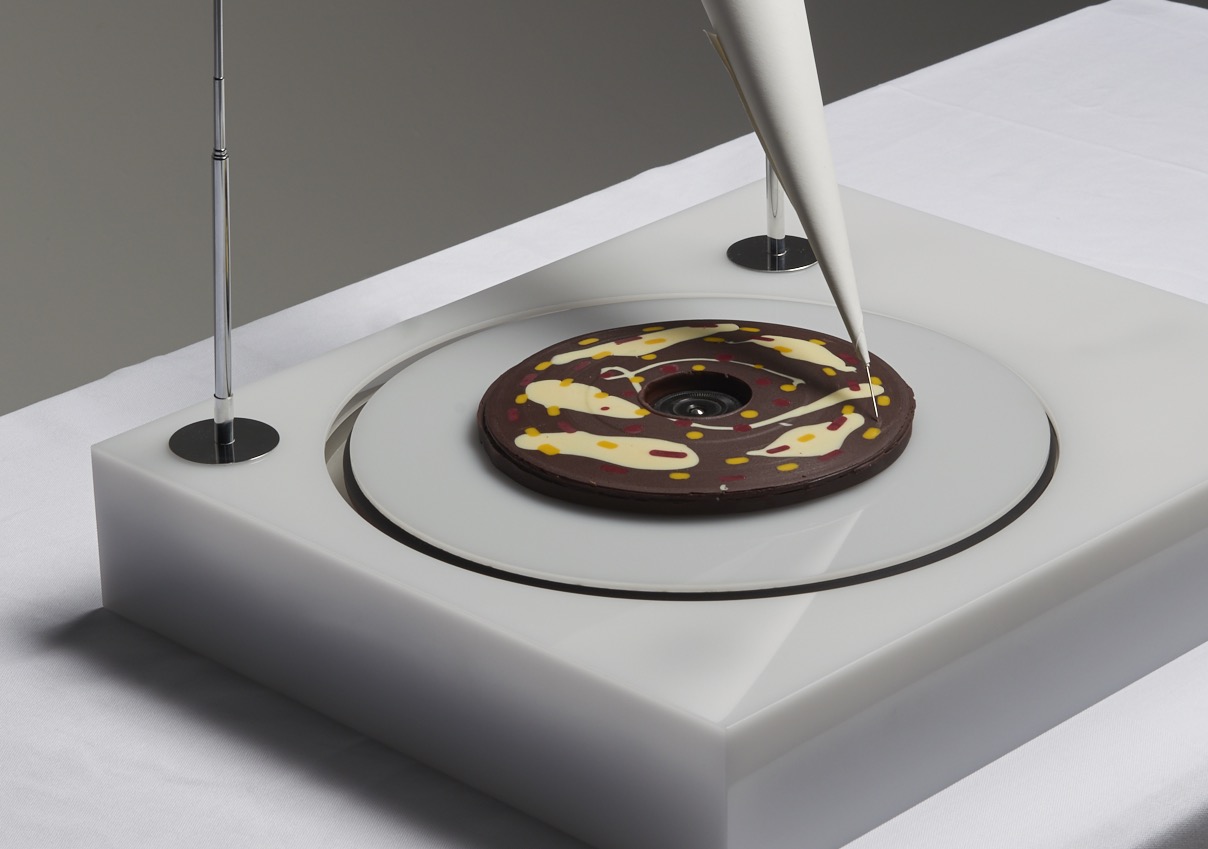
![[OLD FALL 2018] 15-104 • Introduction to Computing for Creative Practice](../../../../wp-content/uploads/2020/08/stop-banner.png)
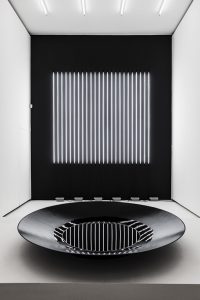 e Reflector Distortion project by Carsten Nicolai. What I find most interesting about this project is the way in which the computational aspect is not transcribed visually on a screen but rather through the subtle moves in the water dish.
e Reflector Distortion project by Carsten Nicolai. What I find most interesting about this project is the way in which the computational aspect is not transcribed visually on a screen but rather through the subtle moves in the water dish.